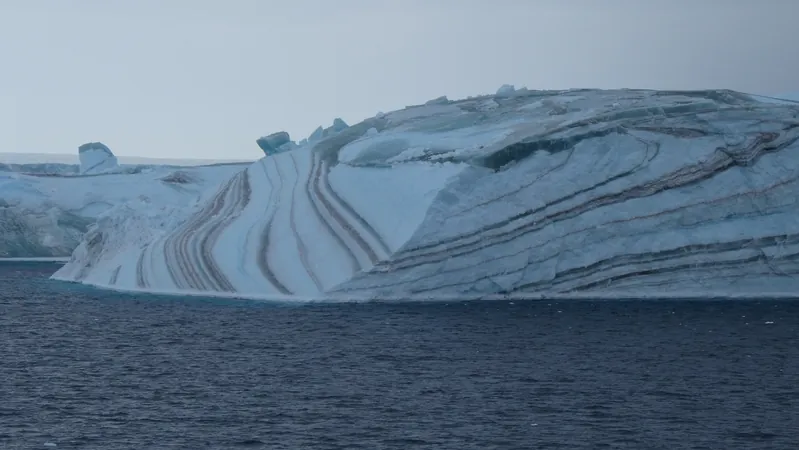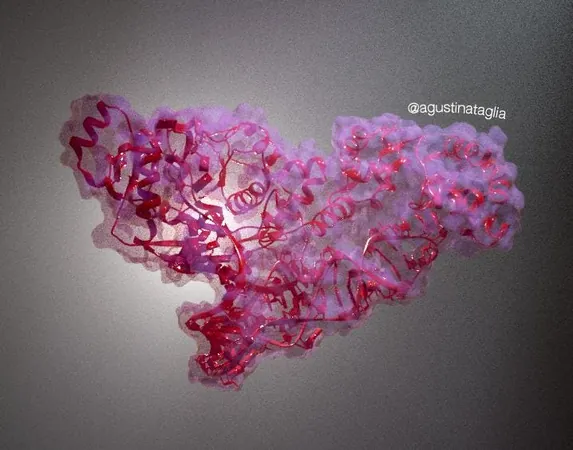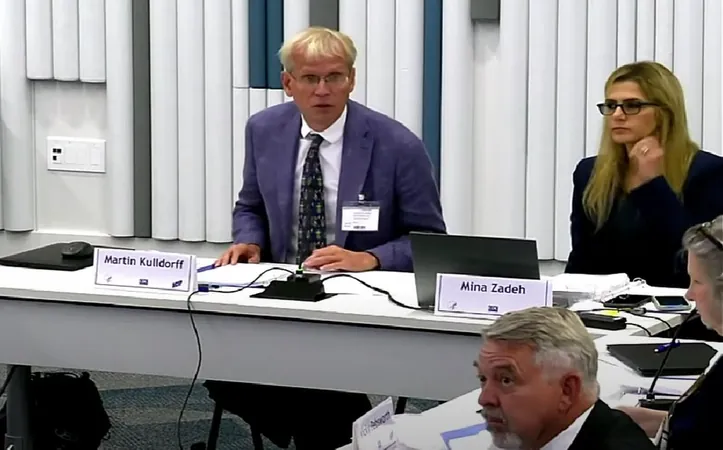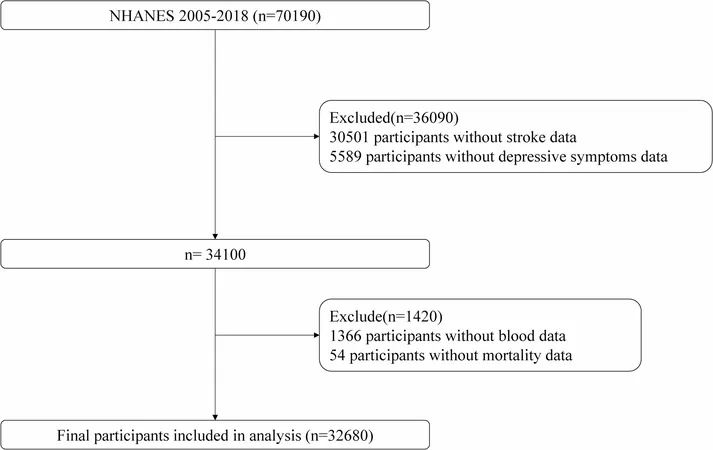
Unraveling Antarctica: The Crucial Quest for Knowledge
2025-09-19
Author: William
A Journey to the Frozen Continent
In early 2025, Christina Schmidt, a Ph.D. candidate from UNSW Sydney, submitted her thesis while aboard Australia’s state-of-the-art icebreaker, the RSV Nuyina, just off the stark coast of East Antarctica. Her research focused on Antarctic Bottom Water, a crucial component that drives the deep oceanic currents worldwide, but her expedition was about far more than academic achievement; it was about immersing herself in one of Earth’s most challenging and enigmatic environments.
Exploring the Denman Glacier
During her week-long trek across the Southern Ocean, Schmidt was part of a team of 60 scientists aboard the Nuyina for the groundbreaking Denman Marine Voyage, the ship’s maiden scientific mission. This expedition explored the Denman Glacier, the fastest-retreating glacier in East Antarctica, supported by a crew and staff of 66 who operated advanced labs and sonar equipment.
With her hydrochemistry team, Schmidt measured chemical concentrations in seawater, tackling a job that required constant adaptation as conditions shifted dramatically in the harsh environment.
A Unique Window into Climate Change
Antarctica serves as a barometer for global climate shifts. During her mission, Schmidt noted that sea ice coverage had plummeted to 70% below average. This stark reduction, linked to climate change, presents both challenges and opportunities for researchers aiming to study the region.
The Southern Ocean plays a crucial role in regulating the planet's climate and ecosystems, as the decline in sea ice directly affects species dependent on this habitat, like Emperor penguins.
The Heart of Antarctic Science
The scientific endeavor aboard the Nuyina exemplified collaboration, with teams working around the clock under extreme conditions—temperatures plummeted to -25°C, freezing lab pipes and sample containers. Yet, this adversity fostered a strong sense of unity among the scientists and crew.
Microbial Mysteries and Future Possibilities
The research isn’t limited to ice and oceans. Professor Belinda Ferrari from UNSW delves into the ecosystems hidden within the small, gravelly, ice-free patches of Antarctica, discovering new microbial life forms with potential applications in medicine and biotechnology. Some species could hold secrets to surviving extreme conditions, paving the way for innovations relevant to life on other planets.
From Adventure to Innovation
Another scientist, Alinta Furnell, explored the potential of Antarctic fungi, identifying pathways for producing natural compounds beneficial in sunscreens. These groundbreaking discoveries are part of a broader trend, where Antarctic research isn't just about understanding our planet but also leveraging that knowledge for real-world applications.
The Challenges of Antarctic Research
Yet, operating in this remote landscape is fraught with challenges. Logistics and funding dictate that only a select few researchers can conduct fieldwork on the ice. Prof. Tracey Rogers has noted that shifting priorities have made it increasingly difficult for new scientists to study animal behavior in the wild. Instead, she advises her students to utilize existing datasets and collaborate with the tourism industry, which can provide access to locations otherwise unreachable.
A Continent of Endless Discovery
As Antarctica remains a pivotal exploration ground binding Earth’s history and future, the careers of young scientists like Schmidt reflect an ever-broadening horizon of research. Her expedition, while personally fulfilling, also symbolizes the collaborative spirit needed to unlock the secrets of this icy frontier. Schmidt's journey continues as she models glacier melt in Greenland, contributing to a global understanding of climate change.
In the icy silence of Antarctica, she found clarity and inspiration, appreciating the beauty of icebergs and the dance of penguins, fostering a profound commitment to collaborative science that transcends disciplines.









 Brasil (PT)
Brasil (PT)
 Canada (EN)
Canada (EN)
 Chile (ES)
Chile (ES)
 Česko (CS)
Česko (CS)
 대한민국 (KO)
대한민국 (KO)
 España (ES)
España (ES)
 France (FR)
France (FR)
 Hong Kong (EN)
Hong Kong (EN)
 Italia (IT)
Italia (IT)
 日本 (JA)
日本 (JA)
 Magyarország (HU)
Magyarország (HU)
 Norge (NO)
Norge (NO)
 Polska (PL)
Polska (PL)
 Schweiz (DE)
Schweiz (DE)
 Singapore (EN)
Singapore (EN)
 Sverige (SV)
Sverige (SV)
 Suomi (FI)
Suomi (FI)
 Türkiye (TR)
Türkiye (TR)
 الإمارات العربية المتحدة (AR)
الإمارات العربية المتحدة (AR)